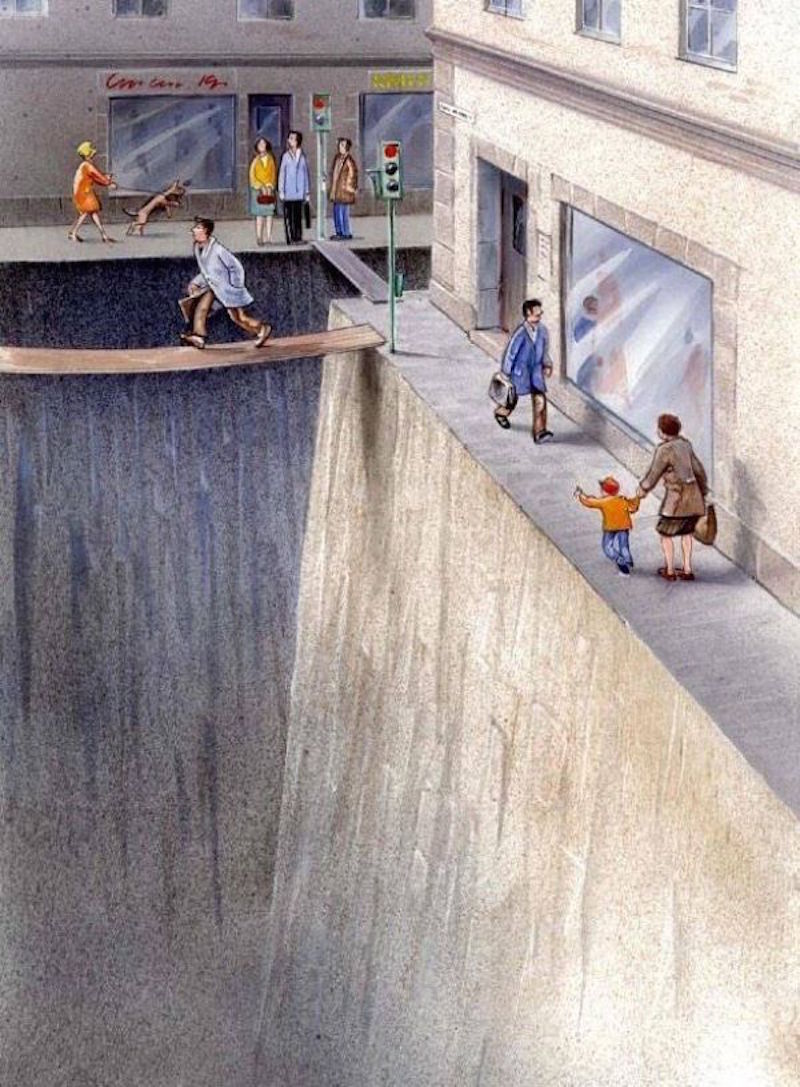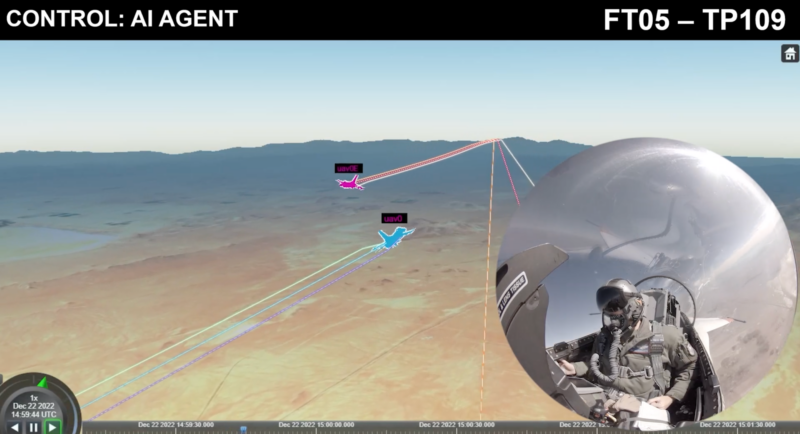Whether you’re in a quiet suburb an urban downtown, most public spaces are designed for cars instead of pedestrians.
An ingenious illustration by Swedish artist Karl Jilg shows just how car-centric our reality is:
In the image, Jilg depicts city streets as gorges, crosswalks as wobbly planks, and sidewalks as shallow ledges to show how little space pedestrians are allowed to inhabit in a typical intersection. The Swedish Road Administration commissioned the work in 2014, according to Vox.
A number of cities, however, are attempting to reserve more street space for pedestrians. One of the world’s longest pedestrian-only streets is a 0.7-mile-long shopping district in Copenhagen called Strøget. And New York City instituted pedestrian-only zones in Times Square and Herald Square in 2009, and urges residents to go car-free on Earth Day every year.
Europe's largest car-free space is Venice's Centro Storico, a 3-mile-long medieval city that has managed to stay pedestrian-centric. But that type of of urban plan is not the norm. Modern cities are generally designed to favor personal vehicles rather than public transit or pedestrians.
Jilg's illustration suggests a different way of understanding how public space gets divided.











